Swisscellany: a new word for a new book
July 2, 2012, 8 Comments
 Months of research and writing, weeks of editing and designing, hours of endless fun. Swisscellany, my new book, will be published on 21 July, the anniversary of the first successful ascent of the Eiger North Face. And, at times, writing a book can feel like climbing a mountain but at last the summit is in sight: the day when it goes on sale and all the hard work seems worthwhile. But what is a Swisscellany?
Months of research and writing, weeks of editing and designing, hours of endless fun. Swisscellany, my new book, will be published on 21 July, the anniversary of the first successful ascent of the Eiger North Face. And, at times, writing a book can feel like climbing a mountain but at last the summit is in sight: the day when it goes on sale and all the hard work seems worthwhile. But what is a Swisscellany?
Look up miscellany in a dictionary and you’ll see that it is a group, collection or mixture of different items, ingredients or things. As a noun it’s far less used than the adjective derived from it – miscellaneous – which is probably why the British and Americans can’t agree on how to pronounce it: I say mis-sel-la-nee, stressing the ‘sel’; they say mis-sa-lay-nee, stressing the lay. Collection is probably easier.
This Swiss miscellany is a collection of curious and quirky, statistical and historical, intriguing and interesting facts & figures about Switzerland. It is a subjective look at a unique country and its people, but not an utterly comprehensive one. You can discover how much yoghurt an average Swiss person eats each year but not which flavours, or who was elected president the most times but not who voted for him, and even the most successful pop songs but not why anyone bought them.
It’s not a quiz book or an encyclopedia but something to dip in and out of, and maybe discover a few things about Switzerland that you never knew. To give you a taster of what’s in store, here are ten questions you might already have asked yourself:
- Which canton has the most cows?
- How do you say Switzerland in Welsh?
- What is written on the edge of a 5-franc coin?
- Where is the middle point of Switzerland?
- How many Swiss people were on board the Titanic?
- What is the most common Swiss street name?
- Who was the only Federal Councillor to commit suicide in office?
- Where was the first Swiss bancomat (ATM) installed?
- How many Geneva Conventions are there?
- Which Olympic Games did Switzerland boycott?
All that and you can learn the rules of Hornussen, the words of the Swiss national anthem, the 13 herbs in a Ricola drop and who has played Heidi on the big screen. Not forgetting Switzerland’s largest hotel, tallest church spire, longest railway bridge, smallest community, deepest lake, oldest funicular and highest alpine hut. Plus really important facts such as how many citizens of Papua New Guinea live in Switzerland and who scored nul points for Switzerland at Eurovision.
You can pre-order the book direct with the publisher, Bergli Books in Basel, who will ship it anywhere, or from one of the English bookshops in Switzerland, such as BooksBooksBooks in Lausanne, Off the Shelf in Geneva, Orell Füssli and Pile of Books in Zürich, Stocker in Lucerne, and Stauffacher in Bern. It will also be widely available in other bookshops with English sections, such as Thalia and Payot.
In the UK you can pre-order it direct from Foyles and in your local Waterstone’s or independent bookshop. For everywhere else, the Book Depository offers free shipping worldwide. It’s also available on Amazon UK and Amazon US. And of course I will have fresh-off-the-press copies with me at the House of Switzerland in London, starting on 20 July.
I’ve really enjoyed finding the facts and creating this book; I hope you’ll enjoy reading it.


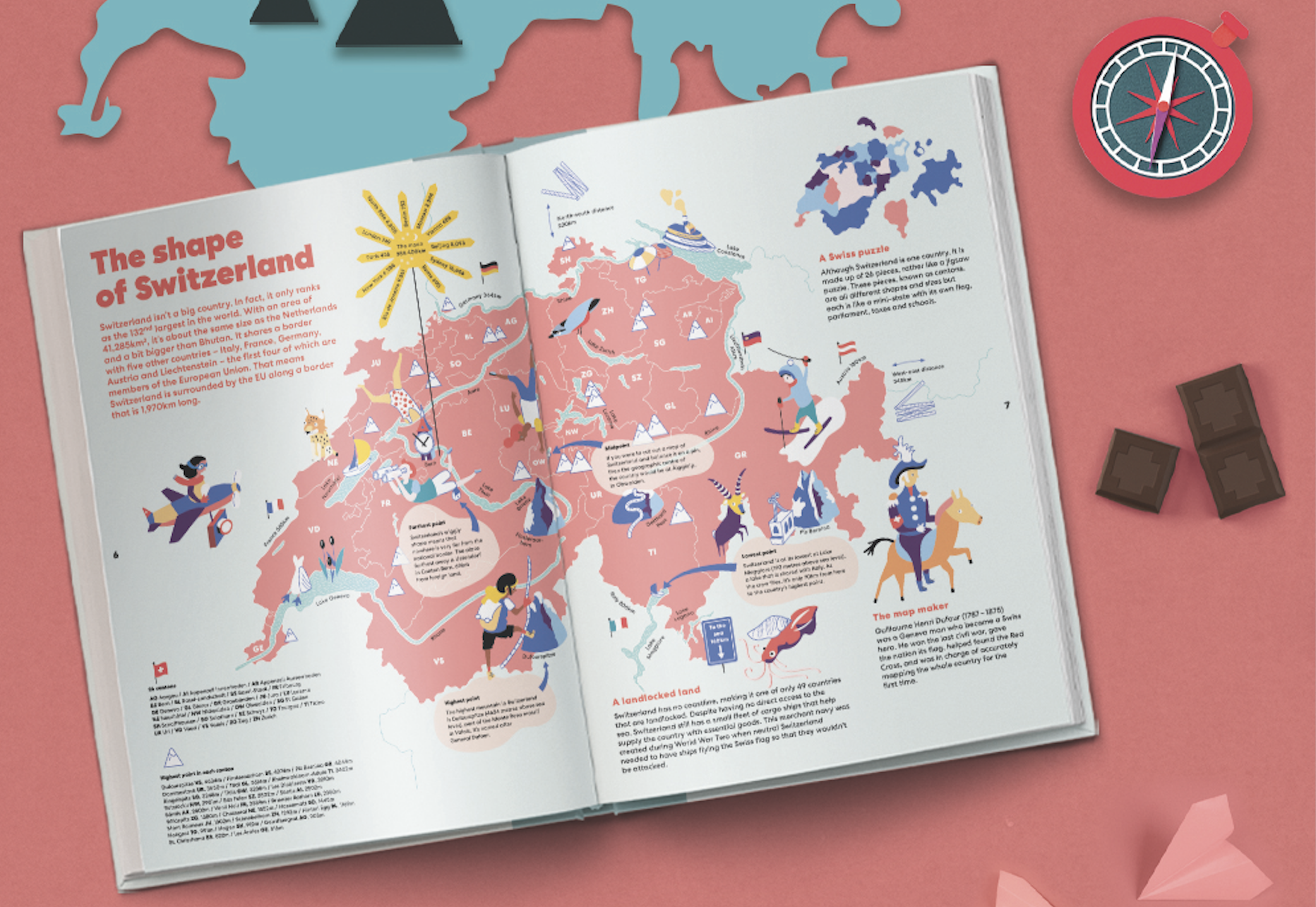
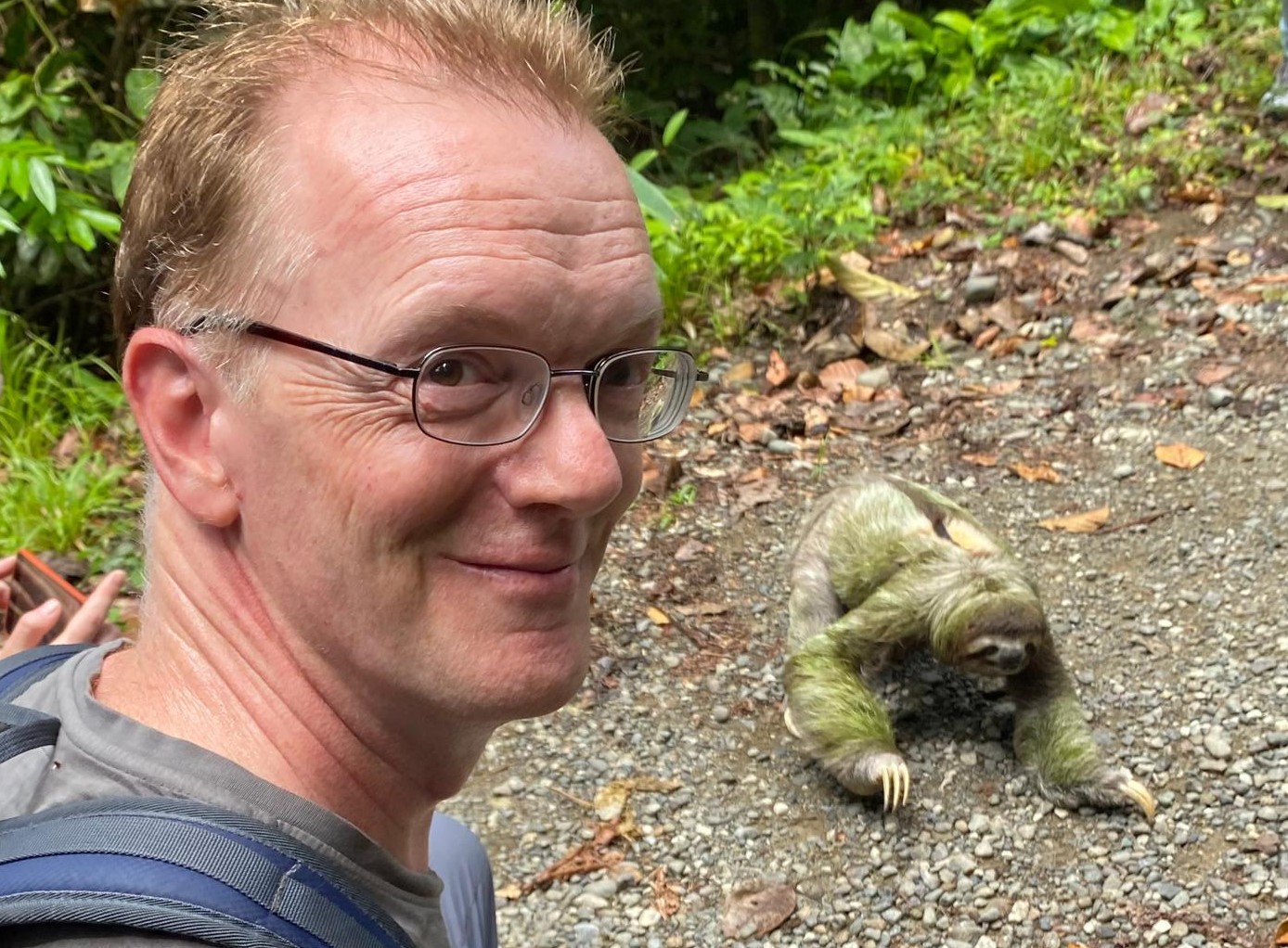
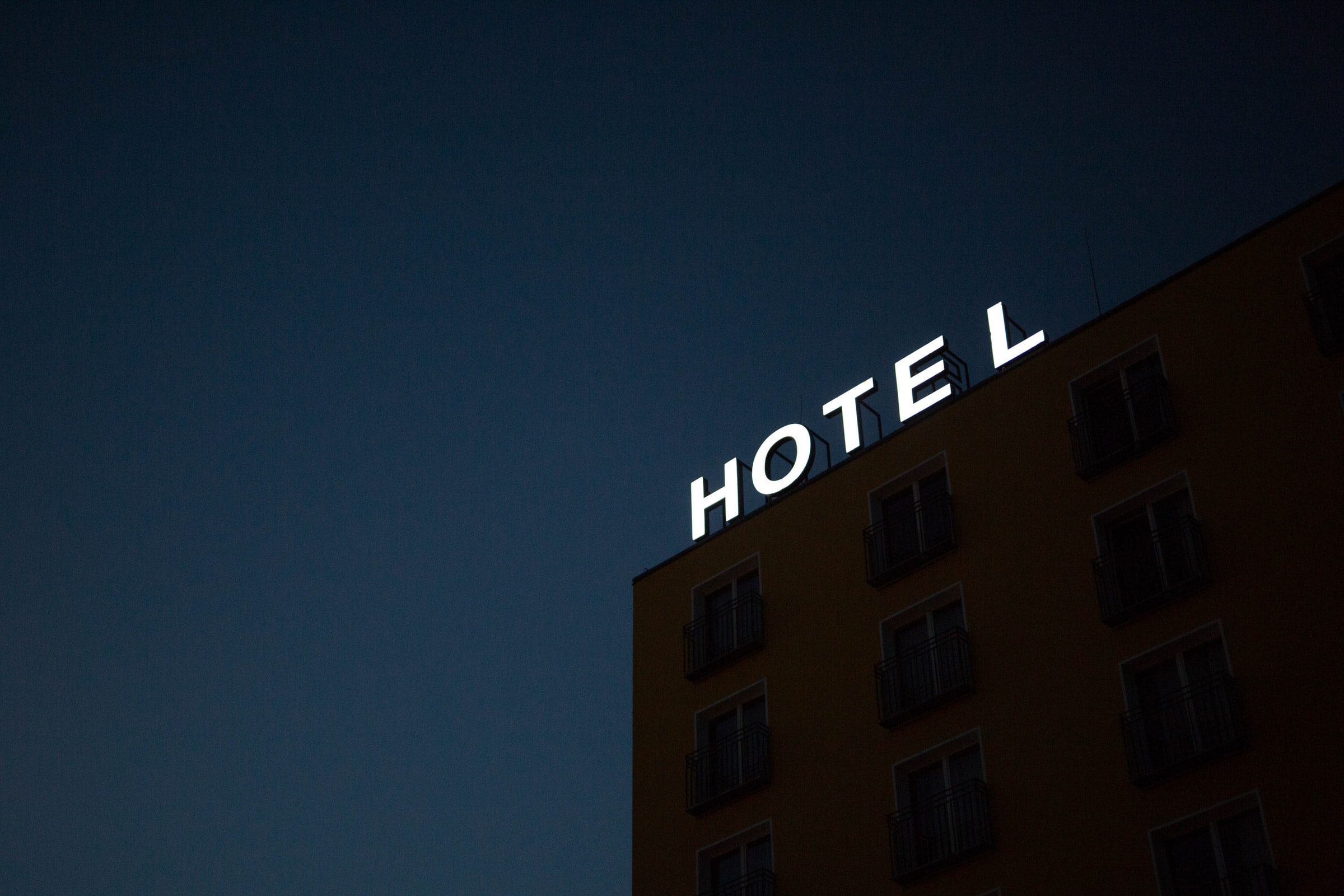
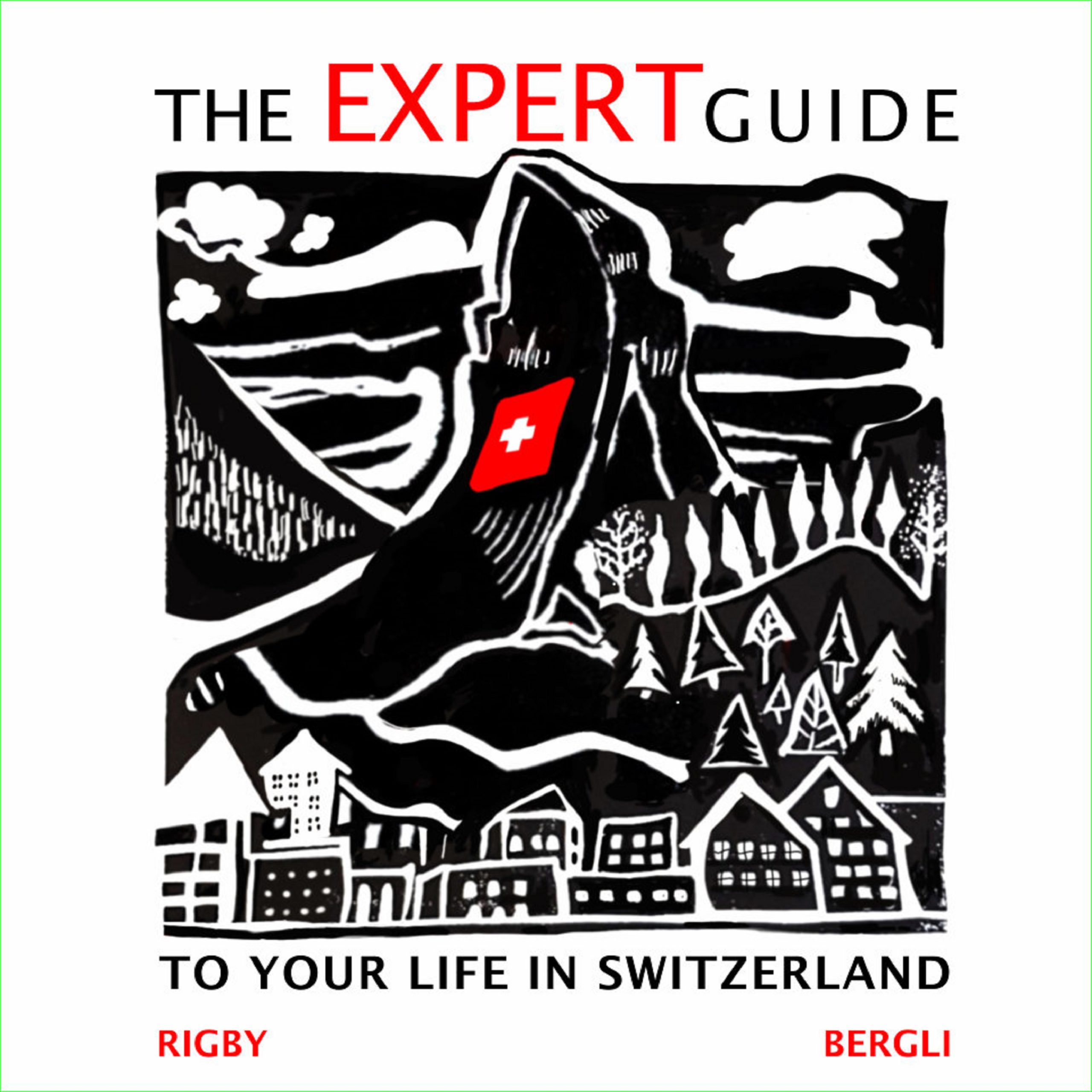
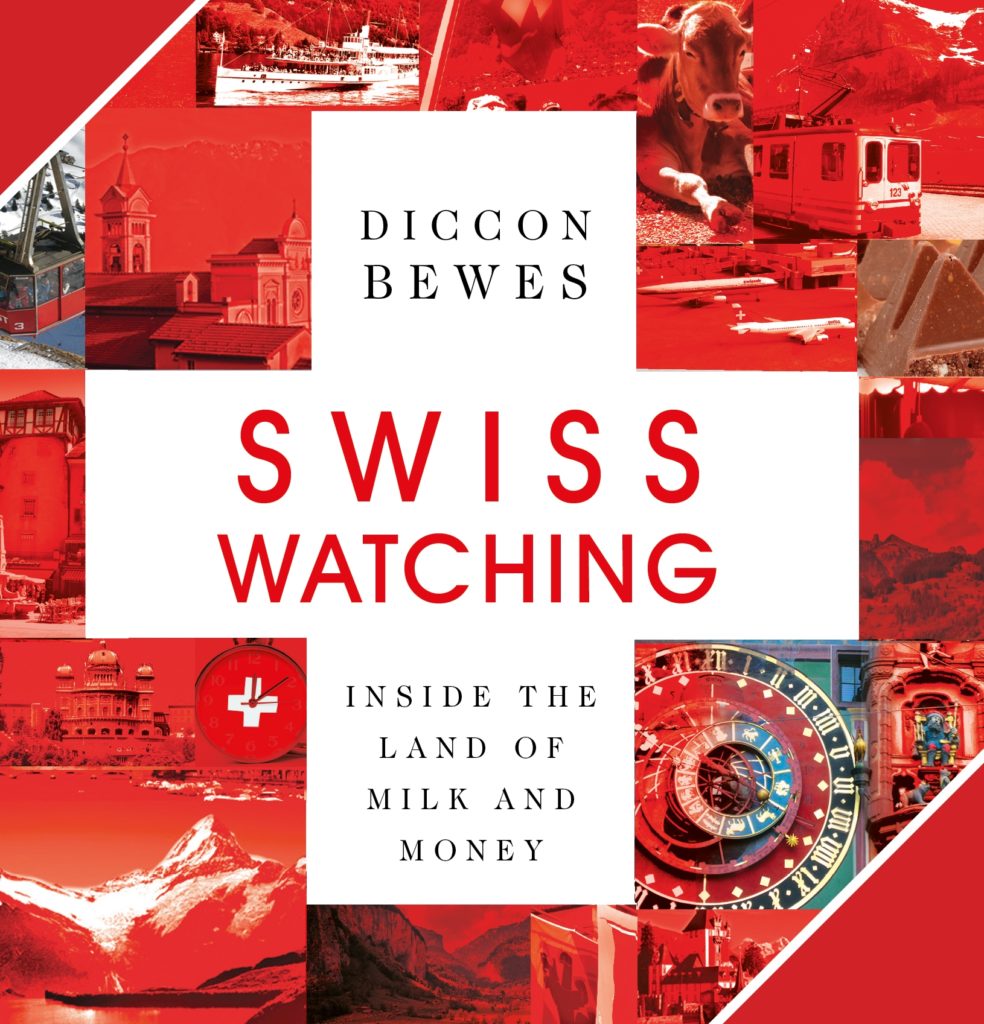
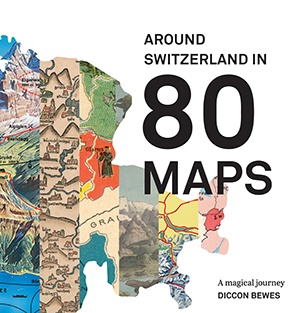
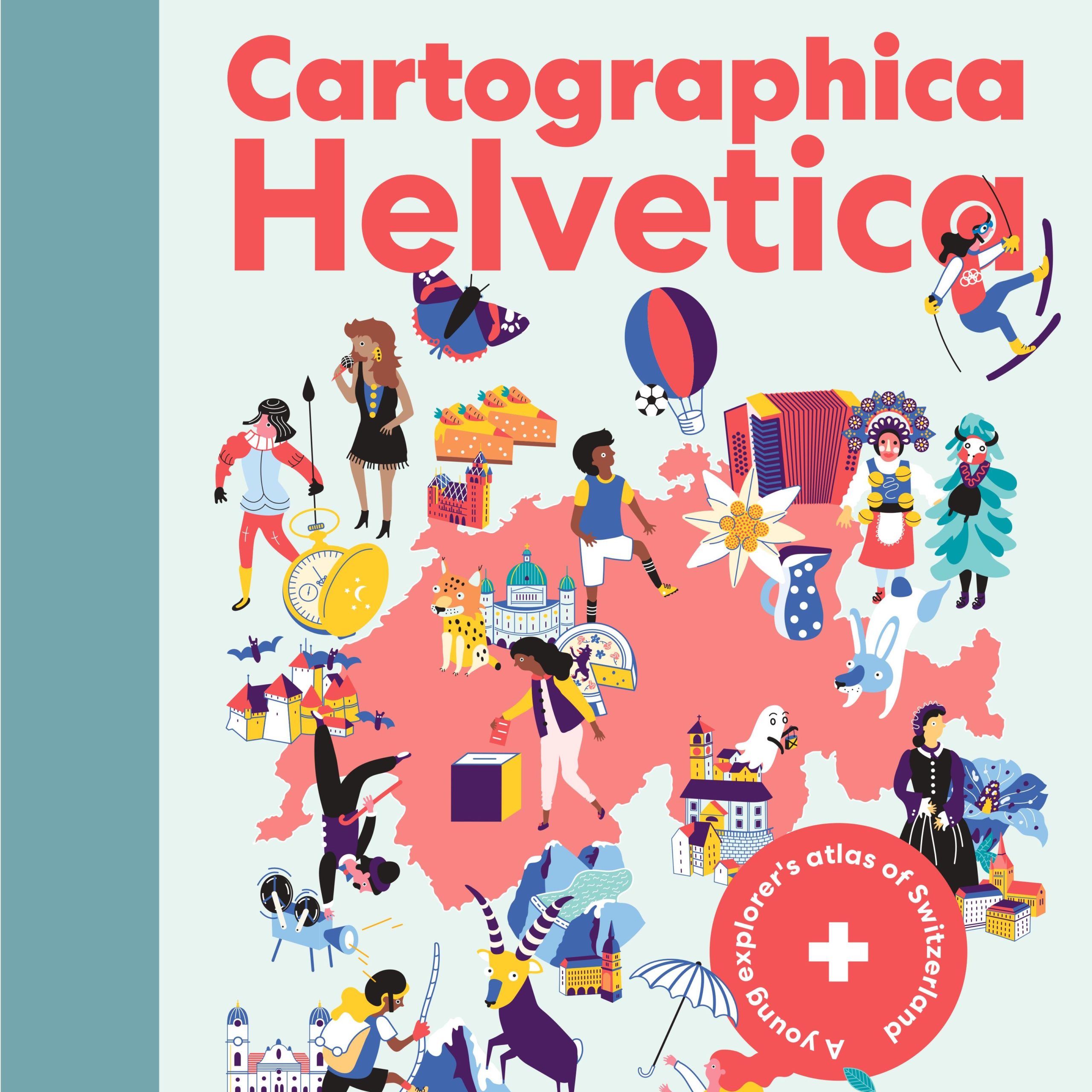
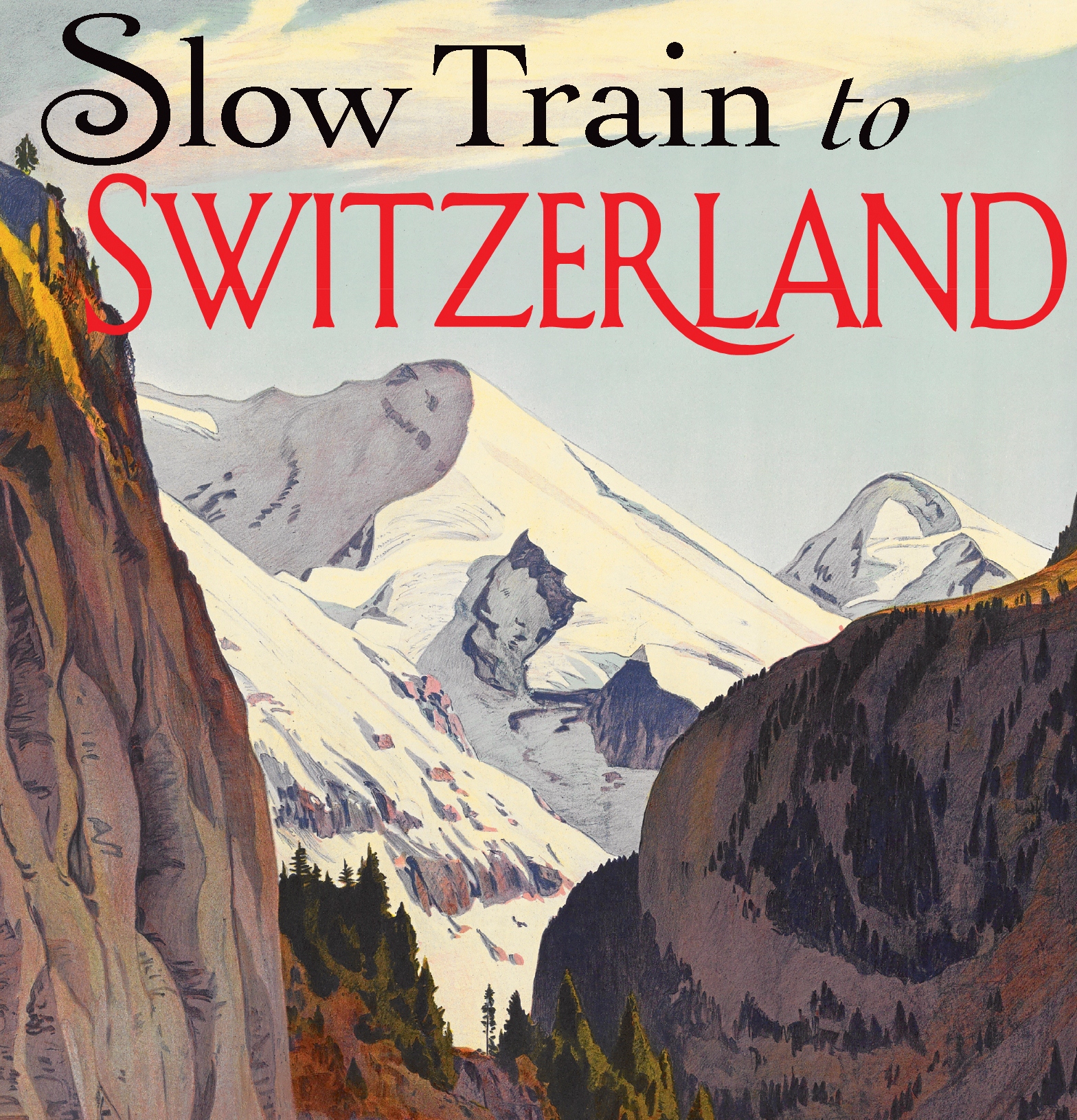
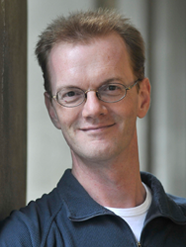
 Follow on Facebook
Follow on Facebook Follow on Twitter
Follow on Twitter Subscribe by RSS
Subscribe by RSS Contact me directly
Contact me directly Global Solutions Inc.
Global Solutions Inc.
8 Comments on "Swisscellany: a new word for a new book"
Perfect! I am shipping a group of 50 big kids (teenagers), over in August for ten action filled days in the Berner Oberland.
You could not have timed the release better so I can stock up with more useless facts that I have a reputation for entertaining my guests with. I will be outside the door or OrelI Fussli in Zurich on the 21st.
I am happy now!
Thanks Diccon.
Happy customers. That’s what I like!
Here’s an interesting miscellaneous thing about Switzerland you might blog about (or maybe already have): Do you know why the biscuits named ‘Prussiens’ have that name (and only in Switzerland)? To help your guessing: it has something to do with Swiss neutrality…
Maybe something to do with the Franco-Prussian War? Or Prussia fighting against Napoleon? Or that Neuchatel used to be part of Prussia?
Diccon, you’re on the right track: During the second half of the 19th century through the Franco-Prussian War of 1870 and up to WWII, nationalistic tensions between France and Germany were very high. The French had invented these biscuits in 1848 and called them either ‘Palmiers’ (=’Palm Trees’) or ‘Coeur de France’ (=’French Hearts’). The Germans rejected anything French (at least in name) and therefore called the biscuits ‘Preussische Schweinsohren’ (=’Prussian Pig’s Ears’) or shorter just ‘Preussen’ (=’Prussians’). Today they are by the way known as ‘Schweinsohren’ (=’Pig’s Ears’).
So what were the neutral Swiss to do, in order not to pick any sides and anger people either in France or Germany? Imitating King Solomon, they just took the German name (‘Preussen’) and used its French translation (‘Prussiens’) as a fair compromise; that French name was thus even used in the German speaking part of Switzerland. And that’s why today these biscuits are generally known as ‘Prussiens’ in Switzerland (only Migros translated the name back into ‘Dessertpreussen’ = ‘Dessert Prussians’- obviously ignoring the history of the name). So you see this is indeed a very insightful Swiss miscellaneous fact…
Why not write a blog entry about it?
Excellent Pascal. Thanks for that info. Definitely a future blog post there, once I am back in Switzerland
Hi,
In America Wellness means exactly the same as what it means in Switzerland. Interesting really.
Trackbacks for this post